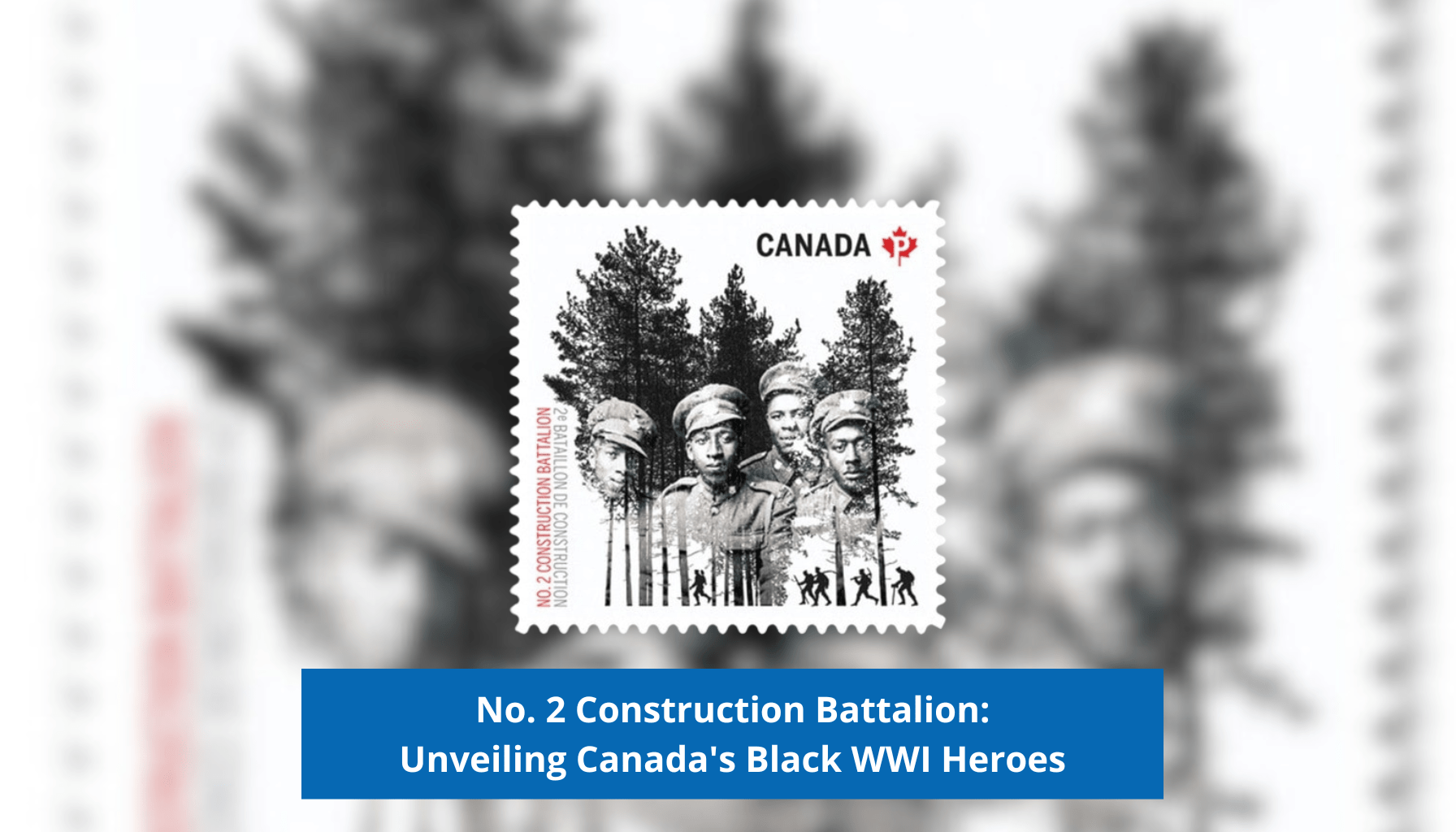
The historical events of the No. 2 Construction Battalion convey the depth, diversity, and complexity of Canada's wartime narrative during World War I. The history of the No. 2 Construction Battalion is told through its experiences, perspectives, and military records.
Formation and Context
Upon Britain's entry into World War I in 1914, all the colonies and dominions within the British Empire—including Canada—were automatically engaged in the conflict. At the start of World War I, many Canadians volunteered to sign up to fight in the war.
While the Lieutenant Colonel of the 106th Battalion (Rifles) in Nova Scotia expressed a willingness to include Black enlistees in his battalion and, despite Ottawa's directive stating that "there were to be no racial distinctions on enlistments" (Legion Magazine), the prevailing attitudes among military peers and their views on race significantly shaped decisions within the Canadian military regarding recruitment, unit organization, and the allocation of roles to various racial or ethnic groups.
Members of the Battalion
Amidst the fervour and patriotism that swept through Canada during the First World War (1914-1918), a group of young Black Canadians were eager to contribute their service to the country as well. Before and during World War I, racial discrimination was rampant in Canadian society. Black Canadians faced systemic racism and were often denied opportunities for employment and military service. Despite their willingness to serve their country, Black volunteers were frequently rejected by the Canadian military.
Civil rights activists, community leaders, and sympathetic politicians advocated for the inclusion of Black Canadians in military service. They highlighted the hypocrisy of denying Black citizens the opportunity to serve their country while simultaneously asking for their loyalty and support.
Under mounting pressure and recognizing the practical need for additional labour in the military, the Canadian government and military authorities eventually agreed to the recruitment of Black Canadians in the military, albeit still with racial discrimination.
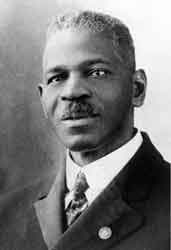
Reverend William A. White played a pivotal role in the formation and leadership of the No. 2 Construction Battalion. His dedication to the cause of equality, his recruitment efforts for the No.2 Construction Battalion, and his leadership within the unit made him an important factor. He recognized the injustices faced by Black Canadians and actively campaigned for the inclusion of Black volunteers in the Canadian military.
Reverend White was appointed as the chaplain of the No. 2 Construction Battalion and served as an Honourary Captain. He was the only Black officer in the No.2 Construction Battalion.
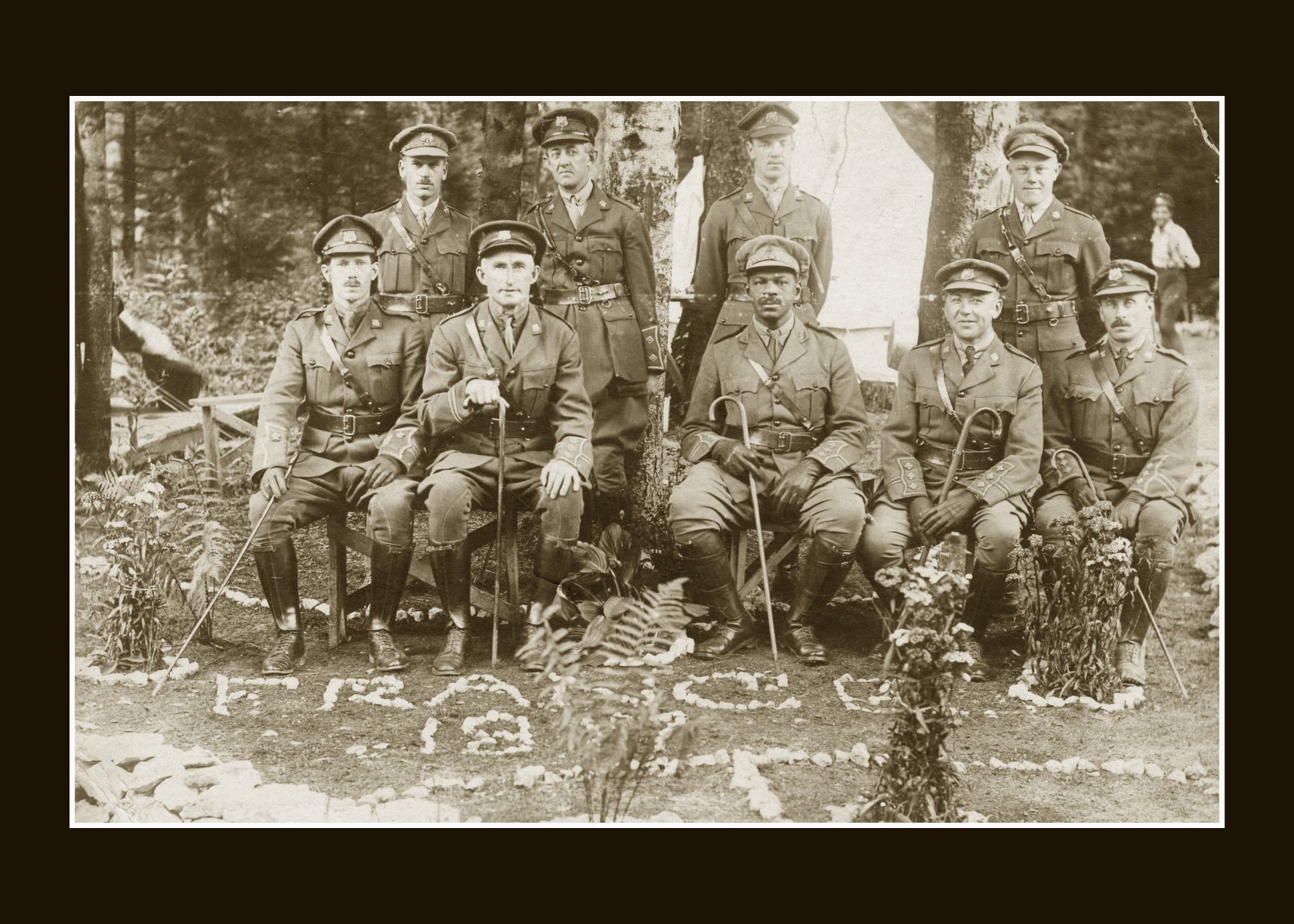
In July 1916, the No. 2 Construction Battalion was officially established. It was the first and only all-Black Canadian military unit during World War I. The battalion was based in Pictou, Nova Scotia, and recruited Black volunteers from across Canada, the United States, and the Caribbean.
The primary mission of the No. 2 Construction Battalion was to provide skilled labour for infrastructure projects behind the lines in Europe. They were involved in various tasks, such as building roads, bridges, railways, and other essential facilities. Despite facing discrimination and unequal treatment, the battalion soldiers worked diligently and contributed significantly to the war effort.
Let's delve into the lives of two members of the No. 2 Construction Battalion by shedding light on their experiences and the legacy they left behind.
Private Joseph Alexander Parris: A Life of Service and Family
Background
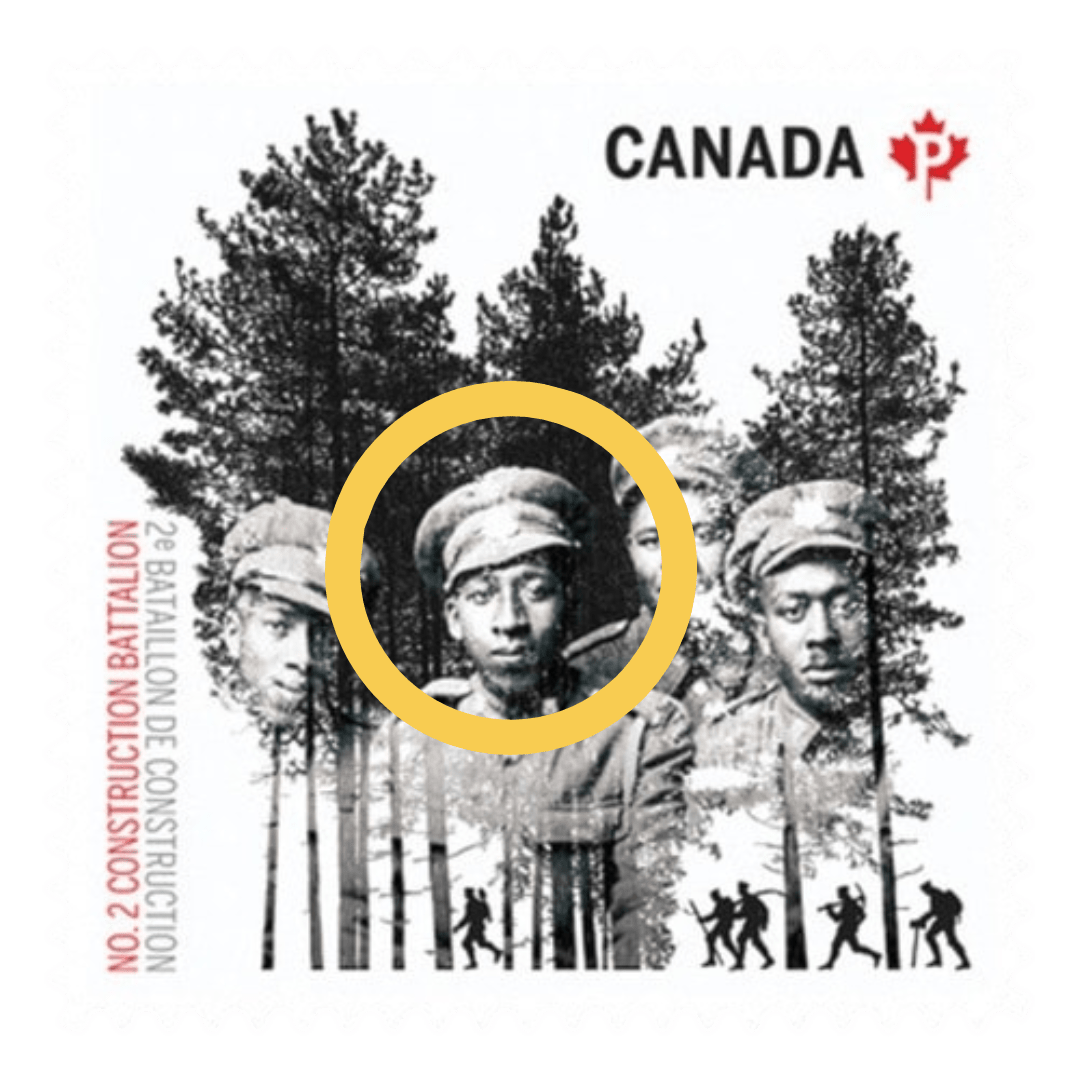
Hailing from Sand Point in Guysborough County, Private Joseph Alexander Parris was the second of six children to Charles and Annie Parris. Joseph enlisted in the Canadian Expeditionary Forces at the tender age of 17. He was one of the first to enlist.
Service During the War
Stationed in England and France, Private Parris played a crucial role as a labourer in the war effort. His dedication and enthusiasm to serve despite the prejudices he faced made him stand out. His daughter Sylvia Parris said in a 2016 article by John Tattrie, “I can see him even at his young age being kind of the leader that would provide encouragement to anybody where their heart was feeling less strong when they got engaged in that war. He would be the practical one in terms of helping people, helping the men — helping his brothers — to be strong, to do things in terms of their survival. I can just see him taking leadership in that.”
On February 12, 2019, Joseph Alexander Parris was officially discharged from the Canadian Expeditionary Force. You can see Parris’ British War Medal and Victory Medal that he received for his service in a theatre of war at the Mulgrave Museum in Mulgrave, Nova Scotia.
British medals of WW1, from left to right: Victory Medal, British War Medal
Post-War Life
Upon returning from the war, Joseph married Annie Jane Jarvis on December 1, 1924, in Mulgrave, Guysborough. The couple went on to nurture a family of fifteen children. Joseph Alexander Parris passed away on April 19, 1972, in Mulgrave, Guysborough, at the age of 73. His final resting place is the Saint Lawrence Roman Catholic Church Cemetery, a testament to his enduring connection to the community.
Seldon Thomas Parris: From Soldier to Miner
Early Life and Enlistment
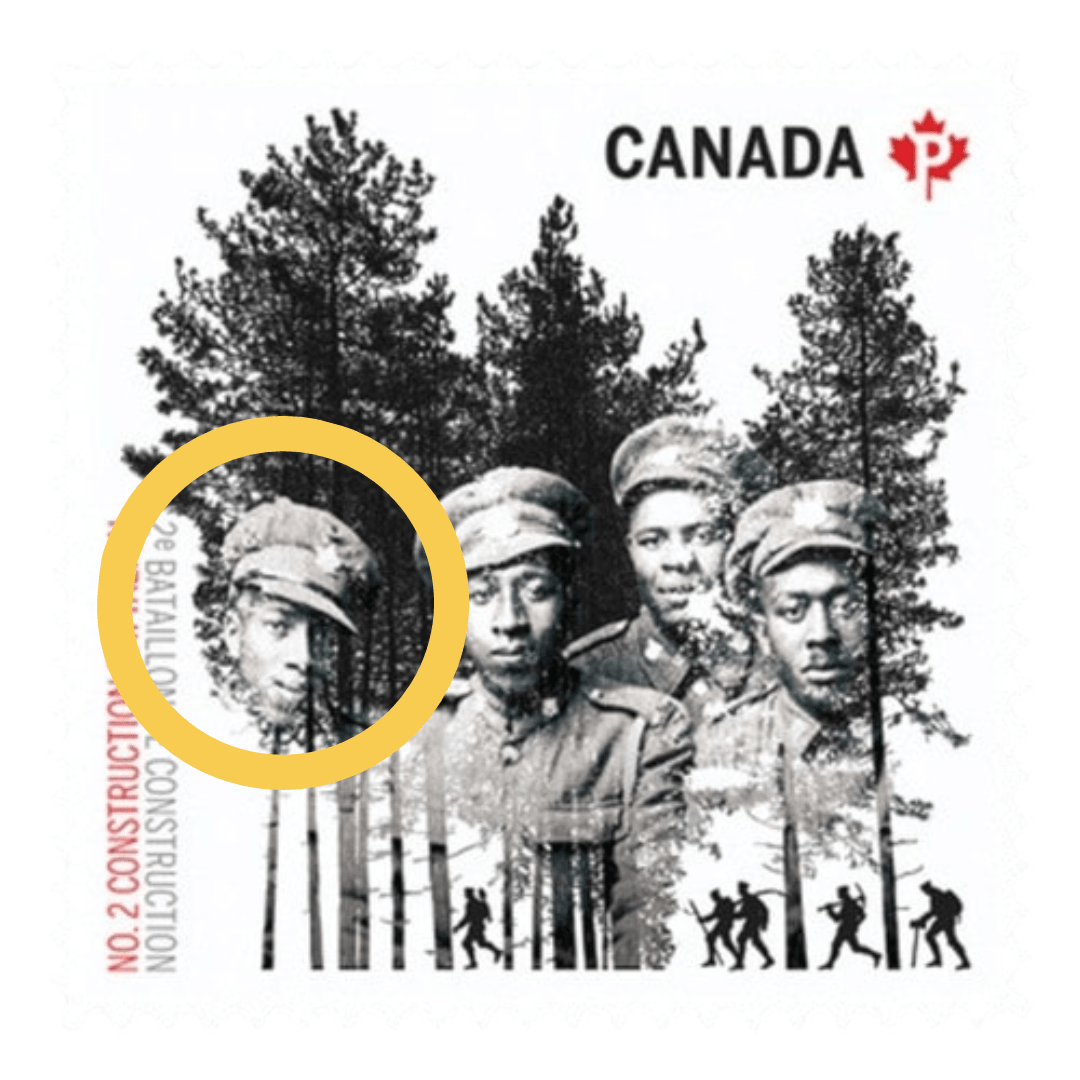
Born on October 9th, 1896, Seldon Thomas Parris enlisted in the No. 2 Construction Battalion on July 25th, 1916, at the age of 20. His occupation was a labourer. Seldon and Joseph Alexander Parris were cousins.
War Experiences
Serving in England, France, and Belgium, Seldon's contributions were vital to the battalion's mission. From War Diaries and Military personnel records, it is known that Seldon arrived in England on April 7th, 1917. In May 1917, he was deployed to the Jura region in France to work in Forestry. On June 2nd, 1919, Seldon was officially discharged.
“… Seldon’s British War Medal, Engineers Cap badge, Victory medal and Service pin were combined with the service medals of his son and granddaughter as part of a 100th Anniversary of No 2 Construction travelling exhibit.”
Life Beyond the Battlefield
After the war, Seldon married Loretta Sheppard in 1920, and together they built a family of six children. Transitioning to civilian life, he pursued a career as a miner. Seldon Thomas Parris passed away on July 22, 1955, in Springhill, Nova Scotia, leaving a legacy of service, resilience, and commitment.
Legacy and Recognition
After the war, the No. 2 Construction Battalion returned to Canada. The battalion was disbanded in 1920. Sadly, their contributions were largely overlooked, and it took decades for their story to gain the recognition it deserved.
Recognition
Senator Calvin Woodrow Ruck (1925-2004) was a prominent Canadian civil rights activist, journalist, and politician who made significant contributions to promoting diversity and inclusion. He served as a catalyst for change and played a key role in shedding light on issues related to racism in Canada.
One of the notable aspects of Calvin Ruck's legacy is his association with the No. 2 Construction Battalion. In his book "The Black Battalion: 1916-1920, Canada's Best Kept Military Secret," Mr. Ruck delved into the history of the No. 2 Construction Battalion, chronicling their contributions during World War I and the struggles they faced due to racial prejudices. Ruck sought to raise awareness about the battalion's legacy through this work and others, promoting a more inclusive and equitable society.
In recent years, efforts have been made to acknowledge and commemorate the No. 2 Construction Battalion's role in Canadian history. Various monuments and plaques now honour their memory, recognizing the importance of their service in challenging racial barriers within the military. On July 9, 2022, Prime Minister Justin Trudeau apologized to descendants of the soldiers of the No.2 Construction Battalion and accepted responsibility for the awful way the Government treated Black Canadians in the past and promised to do better in the future.
Conclusion
The No. 2 Construction Battalion of Canada stands as a testament to the resilience and determination of Black Canadians during a time of institutionalized discrimination. Their invaluable contributions to the war effort, marked by skilled labour and unwavering dedication, have left an indelible mark on Canadian military history. Today, we remember and honour the No. 2 Construction Battalion for breaking ground and breaking barriers.


Add a comment to: The No. 2 Construction Battalion: Unveiling Canada’s Black WWI Heroes